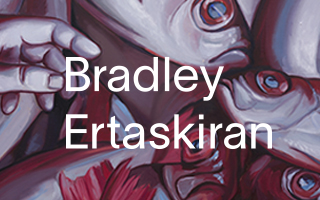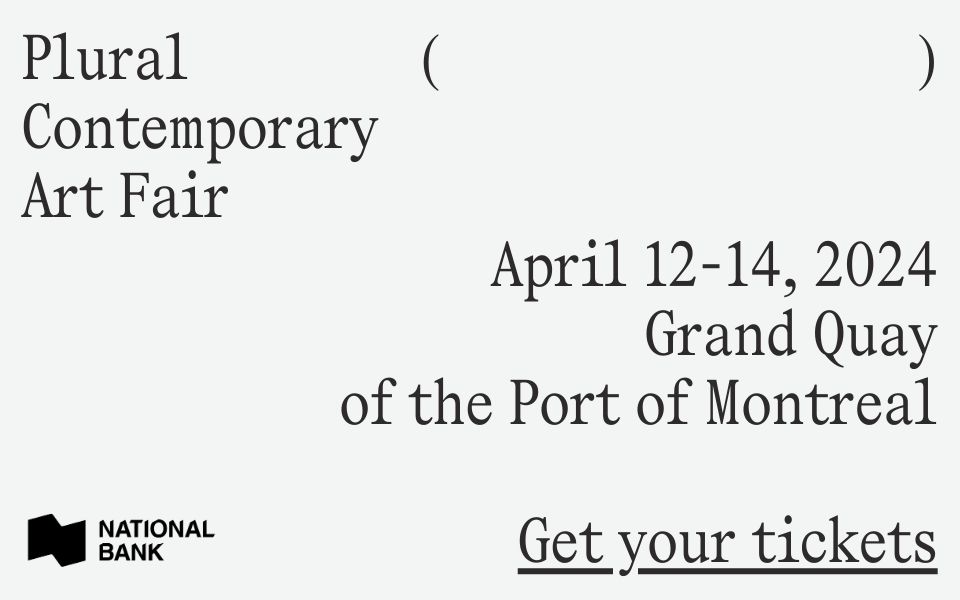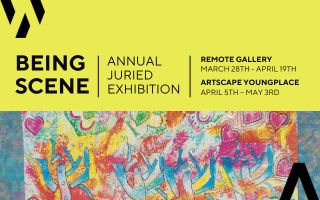This is an article about art and gentrification, the inescapable topic. I have something new to add—that I think we may be coming to the end of a period where being an artist was synonymous with being urban, unless we are willing to fight for it—but before I start it, let me say that I have mixed feelings about my own conclusions.
On the one hand, I like New York, and I think that artists should fight for their place in it. I believe that this would take some serious coalition building and some effort to break out of the shoe-gazing, white-guilt bottleneck where the conversation always gets stuck.
It would not be impossible to do so. If you read Rosalyn Deutsche and Cara Gendel Ryan’s “The Fine Art of Gentrification” essay from 1987 about struggles in the East Village, you can see that there was a time when political consciousness was acute enough within the arts community in New York that taking a stand against “artists housing” was actually the commonsense radical thing to do. Artists clearly saw that they were being used by real estate interests to drive out poor communities and communities of color, and put their future with a larger struggle to change urban priorities. (See East Side Story: Remembering the 1980s East Village Art Scene, by Gracie Mansion.)
Of course, those struggles failed to stop the gentrification of the East Village, so the contemporary version would actually have to be more sustained, more far-reaching. It could happen, and it’s what I’d like to see happen. On the other hand, I think it’s important to be honest about the hour, and the hour is late.
“The white-hot real estate market burning through affordable cultural habitat is no longer a crisis, it’s a conclusion,” Robert Elmes, the director of Galapagos Art Space announced this past year, saying that his organization was decamping to Detroit (see High Rents Drive Brooklyn’s Galapagos Art Space to the Motor City). Shortly thereafter, the New York Times returned fire with an article stating that reports of New York’s death as a creative capital are highly overstated. I actually appreciate wanting to do justice to the weird things still going on, even if I don’t find the examples adduced—a rage for pop-up parties—that convincing. As long as there are interesting people, there will be interesting parties. But we are talking about a process that is still unfolding, and right now that process only goes one way.















